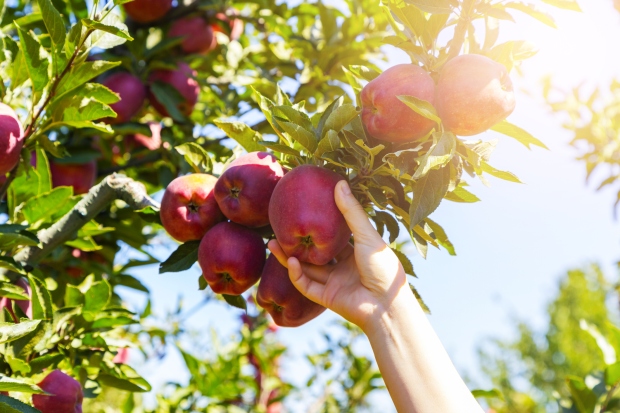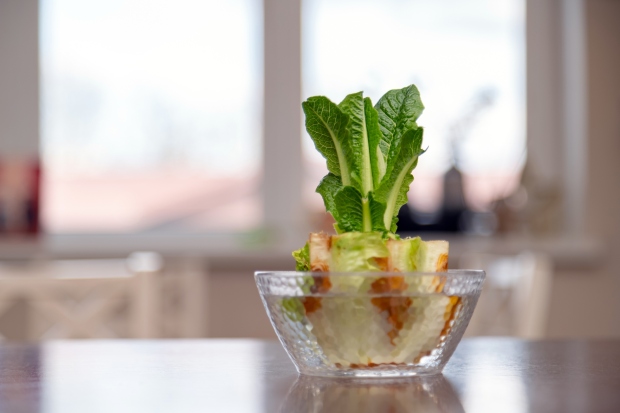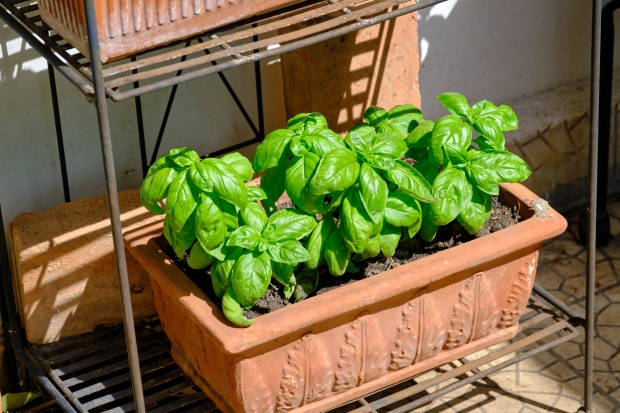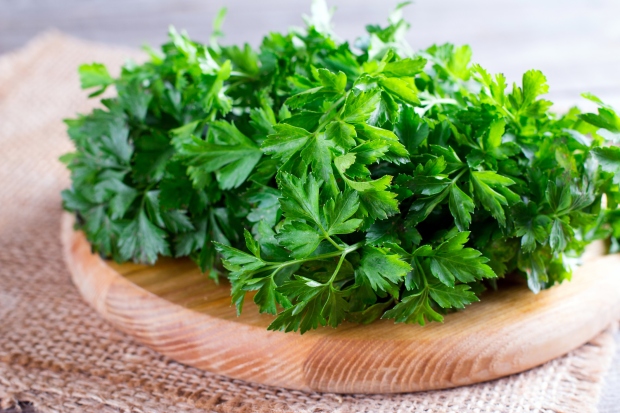Come Posso Rigenerare la Mia Frutta da Cucina?
La frutta del supermercato può essere una grande fonte di semi di frutta gratuiti o scarti che possono crescere in una pianta o un albero. Anche se di solito ci vuole molto tempo per far crescere effettivamente un frutto che si può raccogliere e mangiare, far crescere una pianta da un frutto del supermercato è un progetto divertente e gratificante. Se hai mai voluto fare qualcosa con semi di frutta o steli che normalmente butteresti via, perché non provi a piantarli?
Una nota sulla vitalità dei semi e sugli ibridi: la produzione di frutta su larga scala si basa molto sull’uso di ibridi, il che significa che ogni pezzo di frutta ha un patrimonio genetico proveniente da più di una varietà per massimizzare la stabilità sulla mensola, la maturità e altri fattori che la rendono adatta per la spedizione e la vendita. Anche se contengono ancora semi, questi semi non sono destinati a essere utilizzati per far crescere nuove piante. Alcuni di essi saranno ancora in grado di germogliare e crescere in una nuova pianta, ma non produrranno lo stesso frutto esatto che hai acquistato. Rifletterà più da vicino una delle varietà che compongono l’ibrido. Ciò non significa che il tuo frutto sarà immangiabile, ma sarà più imprevedibile rispetto all’acquisto di semi di frutta destinati alla coltivazione.

Rigenerare la Frutta dai Semi
Frutti di agrumi:
Limone, Lime, Arancia, Pompelmo, Mandarino, etc
- Rimuovi i semi dal frutto, rimuovi la polpa e lasciali in ammollo in acqua durante la notte.
- Pianta i semi preparati a 1,3 cm di profondità in un composto per vasi umido.
- Copri il contenitore con plastica trasparente e lascialo in un luogo caldo e soleggiato.
- Quando i semi germogliano in poche settimane, rimuovi la plastica ma continua a mantenere il terreno umido.
- Trapianta in un vaso più grande o all’aperto in zone temperate.
- Di solito ci vogliono dai 7 ai 9 anni per produrre frutti.

Frutta a polpa e frutta a nocciolo:
Mela, Pera, Cotogna, Ciliegia, Albicocca, Pesca, Prugna, etc
- Rimuovi i semi dal frutto e pulisci la polpa.
- Pianta i semi in piccoli contenitori di terriccio umido per la semina, poi copri con plastica.
- Metti il vaso in un luogo fresco come un seminterrato non riscaldato, garage o frigorifero per almeno sei settimane per simulare le condizioni dell’inverno. Assicurati che i semi non si asciughino durante questo tempo.
- Sposta i semi in un luogo caldo e luminoso e mantieni il terreno umido. Le piantine dovrebbero emergere entro un mese.
- Pianta in pieno sole e mantienili ben irrigate e fertilizzate. Assicurati di piantare almeno due piante in modo che possano impollinarsi tra loro.
- Necessita fino a 10 anni per produrre frutti.

Frutti di bosco:
Mirtillo, Lampone, More, Uva spina, Bacche di Goji
- Rimuovi i semi dal frutto e pulisci la polpa. I semi delle bacche possono essere molto piccoli, quindi un colino a maglie può aiutare a separare i semi dal frutto.
- Scola i semi su un asciugamano di carta.
- Prepara un vassoio per vivaio poco profondo o piccoli vasi con uno strato di terriccio umido per la semina, poi pressa i semi sulla superficie del terreno distanziati di circa 2,5 cm.
- Copri con plastica trasparente e metti in un luogo fresco come un seminterrato non riscaldato, garage, o frigorifero per almeno 6 settimane per simulare le condizioni dell’inverno. Assicurati che i semi non si asciughino durante questo tempo.
- In primavera, metti i semi all’aperto in un luogo ombreggiato e innaffia secondo necessità. I semi dovrebbero germogliare in 4-6 settimane.
- Quando le piantine raggiungono i 15 cm di altezza, possono essere spostate nel letto di giardino preparato.
- La maggior parte dei tipi di bacche produce frutta in 2-3 anni.
Meloni:
Cantalupo, Casaba, Melone, Anguria, Melone musk
- Rimuovi i semi dal frutto e pulisci la polpa.
Stendi i semi su carta cerata su una superficie piana in un luogo fresco e asciutto e lasciali asciugare per almeno una settimana (preferibilmente 2-3 settimane). - I semi di melone possono essere piantati direttamente in giardino se la stagione è giusta, o si può iniziare a coltivarli in casa in primavera.
- Per iniziare a coltivare i semi di melone in casa, metti un seme per vaso in un terriccio per la semina e usa un tappetino riscaldante per fornire calore dal basso alle piantine.
- Indurisci le piantine e trapiantale in giardino quando hanno 2-3 vere foglie.
- I meloni possono crescere nello stesso anno in cui vengono piantati.
Frutta tropicale:
Rimuovi i semi dal frutto e pulisci la polpa
- Rimuovi i semi dal frutto e pulisci la polpa.
- Stendi i semi su carta cerata su una superficie piana in un luogo fresco e asciutto e lasciali asciugare per almeno una settimana (preferibilmente 2-3 settimane).
- Pressa delicatamente i semi in un terriccio per la semina, copri con plastica e usa un tappetino riscaldante per fornire calore dal basso alle piantine.
- Indurisci le piantine e trapiantale in giardino o in un contenitore per la coltivazione in casa quando hanno 2-3 vere foglie.
- Il tempo necessario per produrre frutta varia, la maggior parte sono tra 3 e 7 anni.

Rigenerare l'Ananas
- Taglia la corona spinosa del tuo ananas circa 1,3 cm sotto le foglie più basse e taglia le foglie inferiori.
- Taglia intorno alla base della corona per rimuovere qualsiasi frutto, fino a quando vedi dei rigonfiamenti marroni che indicano i germogli radicanti.
- Lascia asciugare la corona per diversi giorni (questo aiuta a prevenire il marciume), poi radica il tuo ananas mettendolo in acqua o piantandolo direttamente in un terreno ben drenante.
- Le radici dovrebbero svilupparsi in 6-8 settimane.
- Coltiva l’ananas come una pianta da fogliame unica all’interno in luce brillante.
È improbabile che tu ottenga un altro ananas da questo processo, soprattutto se lo stai coltivando al chiuso.












































